
Adolf Hitler and Benito Mussolini: Their actions led to the making of Christ the King Sunday…
* * * *
November 18, 2015 – This post talks about two separate subjects. One is “the end of Ordinary Time” in the Christian calendar. The second topic is a group of Jewish freedom fighters. The Maccabees – a century or two before Jesus was born – were able to free the Jewish people from foreign domination. Their story is being told “even as we speak,” in the Daily Office Readings. But first a note: I edited this 2015 post on November 13-14, in preparing a post on the time between “Halloween and Thanksgiving, 2022.” I tried to smooth this post out a bit, but there may be some glitches… And now, back to Ordinary Time…
Next Sunday – November 22[, 2015*] – goes by several names: The final Sunday of Ordinary Time, and Christ the King Sunday. And the idea of Christ the King Sunday is of recent origin:
Pope Pius XI instituted The Feast of Christ the King in 1925 [after] the rise of non-Christian dictatorships in Europe… These dictators often attempted to assert authority over the Church [and] the Feast of Christ the King was instituted during a time when respect for Christ and the Church was waning… [E.A.]
And speaking of 1925, here’s how that year started, according to Wikipedia: On January 3, Benito Mussolini “promised to take charge of restoring order to Italy within forty-eight hours,” leading to the beginning of Mussolini’s dictatorship. Aside from Mussolini there was Adolph Hitler, and a front organization leading to the Russian KGB, and – in the United States in 1925 – a demonstration of strength by a group called the Ku Klux Klan.
In July 1925, “Adolf Hitler published Volume 1 of his personal manifesto Mein Kampf.” Also in July, TASS was created, and quickly became a front for “the NKVD (later, the KGB).” In the United States, the Ku Klux Klan held a parade in Washington. Their five million members made the Klan the “largest fraternal organization in the United States.”
In plain words, Pius XI created the Feast of Christ the King in response to world events swirling around him. (Including – but hardly limited to – Hitler, Mussolini, and the KKK.) But getting back to more pleasant matters: Christ the King Sunday ends “Ordinary Time.” It also bridges that end and the start of Advent. (Which leads to Christmas.) In plain words, Ordinary Time refers to two “seasons of the Christian liturgical calendar.”
The better known Ordinary Time takes up half the Christian calendar. See On Pentecost – “Happy Birthday, Church!” (From which the following was gleaned:) Ordinary time begins with Pentecost Sunday, for Catholics. In the Anglican liturgy, it’s known as the Season of Pentecost.
[In] 2015 the Season of Pentecost [ends on] November 28 [Thanksgiving Weekend. T]he day after that – November 29 – marks … a new liturgical year.
(See also Liturgical year – Wikipedia.) For more on the upcoming transition of seasons, see last year’s On the readings for Advent Sunday, and On the 12 Days of Christmas. The first one noted an alternate “New Year:”
Advent Sunday is the first day of the liturgical year in the Western Christian churches. It also marks the start of the season of Advent [and leads to Christmas…]
See Advent Sunday – Wikipedia, and also Advent – Wikipedia, which noted that Advent is “a time of expectant waiting and preparation.” (For Christmas.) But we’re getting ahead of ourselves. The second topic here: the Maccabees. Readings from the First Book of the Maccabees have been featured in the Daily Office since Thursday. November 12.
So what the heck is a “Maccabee?”
They were Jewish Freedom Fighters, a century or two before Jesus was born. They were a family who led a rebellion against the foreigners occupying Judea. (Before the Romans.) And so for one brief shining moment in time, their homeland was free. Also, and as Isaac Asimov noted, in 142 B.C. their actions led to the Jewish holiday of Hanukkah.
The story begins about 150 years after Alexander the Great conquered Judea. But he died and Judea was taken over by Antiochus IV Epiphanes, who tried to force his strange foreign ways on the Jewish people. The Maccabee family fought back, successfully – from 175 to 134 BC – in a long guerrilla war. So they were early versions of the “Swamp Fox,” in our Revolutionary War, as seen below.
And as shown in the painting below. More to the point, Hanukkah celebrates their victories. See Hanukkah – Wikipedia, noting this year the eight-day holiday begins at sunset on Sunday December 6, and ends Monday, December 14. (Not unlike the 12 days of Christmas.)
All of which is a reminder: Freedom isn’t free. (Nor is it easy to keep…)
* * * *
 The “Swamp Fox” shares a meal with his sworn enemy…
The “Swamp Fox” shares a meal with his sworn enemy…
* * * *
The upper image is courtesy of Hitler and Mussolini meet in Rome | History Today.
In 2022, Christ the King Sunday comes on November 20.
Re: The Old Testament readings. The last reading from 1 Maccabees is on Friday, November 20.
Re: the ratio of Klan members. According to US Population by Year – S&P 500 PE Ratio, in 1925 the population of the United States was just under 116 million.
Re: Isaac Asimov. The quote is from Asimov’s Guide to the Bible (Two Volumes in One), Avenel Books (1981), at pages 748-49. Asimov (1920-1992) was “an American author and professor of biochemistry at Boston University, best known for his works of science fiction and for his popular science books. Asimov was one of the most prolific writers of all time, having written or edited more than 500 books and an estimated 90,000 letters and postcards.” His list of books included those on “astronomy, mathematics, the Bible, William Shakespeare’s writing, and chemistry.” He was a long-time member of Mensa, “albeit reluctantly; he described some members of that organization as ‘brain-proud and aggressive about their IQs.’” See Isaac Asimov – Wikipedia.
Re: “one brief shining moment.” See Camelot – Wikipedia:
In American contexts, the word “Camelot” is sometimes used to refer admiringly to the presidency of John F. Kennedy. The Lerner and Loewe musical was still quite recent at the time and his widow Jackie quoted its lines in a 1963 Life interview… She said the lines, “Don’t let it be forgot, that once there was a spot, for one brief shining moment, that was known as Camelot” were Kennedy’s favorite… [E.A.]
Unfortunately, such moments do tend do to be brief.
To see a painting of the Maccabee family, check Maccabees – Wikipedia. The article added, “One explanation of the name’s origins is that it derives from the Aramaic “makkaba,” “the hammer,” in recognition of Judah [Maccabee’s] ferocity in battle.
The lower image is courtesy of Francis Marion “Swamp Fox” – Wikipedia. The full caption: “General Marion Inviting a British Officer to Share His Meal by John Blake White; his slave Oscar Marion kneels at the left of the group. ”
* * * *
And finally, here’s a longer version,” on questions like:
What the heck is “Ordinary Time?
* * * *
And now, back to Ordinary Time… As noted, this next Sunday – November 22 – goes by several names: Last Sunday after Pentecost, the final Sunday of Ordinary Time, the Sunday before Advent, and – last but not least – Christ the King Sunday. In turn, the idea of Christ the King Sunday is of recent origin:
Pope Pius XI instituted The Feast of Christ the King in 1925… [At the time] many Christians (including Catholics) began to doubt Christ’s authority and existence… Pius XI, and the rest of the Christian world, witnessed the rise of non-Christian dictatorships in Europe, and saw Catholics being taken in by these earthly leaders. These dictators often attempted to assert authority over the Church… [T]he Feast of Christ the King was instituted during a time when respect for Christ and the Church was waning… [E.A.]
See All About Christ the King Sunday, and Feast of Christ the King – Wikipedia. And on December 11, 1925, “Pope Pius XI‘s encyclical Quas primas, on the Feast of Christ the King, is promulgated.” (For reasons that should now seem obvious.)
The first – and shorter – “Ordinary Time” comes between Christmas and Lent, as shown in the chart… The better known – and longer – season of Ordinary Time takes over the half the Christian yearly calendar. (From the end of Easter Season, up to the First Sunday of Advent.) See also On Pentecost – “Happy Birthday, Church!” (From which the following was gleaned:)
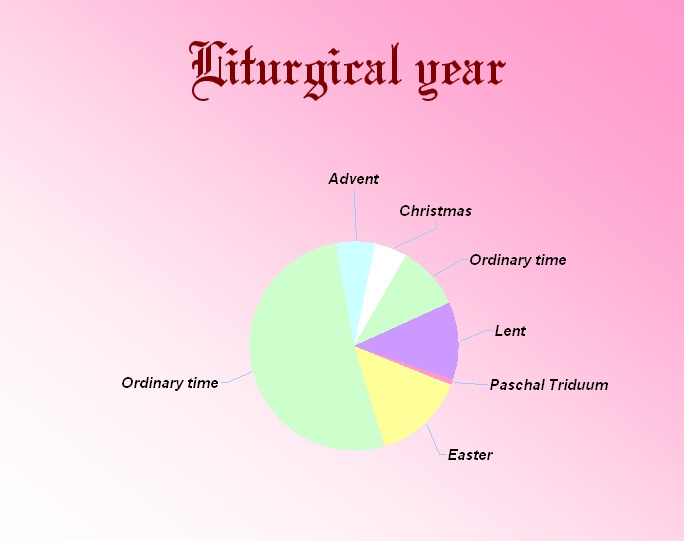 Pentecost Sunday marks the beginning of “Ordinary Time.” (As it’s called in the Catholic Church, and shown in the chart…)
Pentecost Sunday marks the beginning of “Ordinary Time.” (As it’s called in the Catholic Church, and shown in the chart…)
Such “Ordinary Time” takes up over half the church year. (Though in the Episcopal Church and other Protestant denominations, it goes by another name.)
In the Anglican liturgy, the Season of Pentecost begins on the Monday after Pentecost Sunday and goes on “through most of the summer and autumn.” It may include as many as 28 Sundays, “depending on the date of Easter.” (See also the List of Anglican Church Calendars.)
In other words, this year – 2015 – the Season of Pentecost begins on Monday, May 25, and doesn’t end until Saturday, November 28. That’s Thanksgiving Weekend, and the day after that – November 29 – marks the First Sunday of Advent, and with it the start of a newliturgical year.
I wrote that back on May 19, which just goes to show one benefit of reading the Bible on a regular basis. You get into the rhythm of the seasons. That is, a “regular quantitative change in a variable (notably natural) process.” And as exemplified in: “The rhythm of the seasons dominates agriculture as well as wildlife…” (See also Liturgical year – Wikipedia.)
As an example: Last Sunday – November 15, 2015 – was the Thirty-third Sunday in Ordinary Time, in the Catholic Church. Also in the Catholic Church, Sunday the 22d is more formally known as The Solemnity Our Lord Jesus Christ, King of the Universe.
For more on the upcoming transition of seasons, see last year’s On the readings for Advent Sunday, and On the 12 Days of Christmas. The first one noted an alternate “New Year:”
Advent Sunday is the first day of the liturgical year in the Western Christian churches. It also marks the start of the season of Advent [and] the first violet or blue Advent candle is lit… [T]he symbolism of the day is that Christ enters the church. Advent Sunday is the fourth Sunday before Christmas Day. This is equivalent to the Sunday nearest to St. Andrew’s Day, 30 November, and the Sunday following the Feast of Christ the King.
See Advent Sunday – Wikipedia, emphasis added. See also Advent – Wikipedia, which noted that Advent is “a time of expectant waiting and preparation for the celebration of the Nativity of Jesus at Christmas.” The theme of Bible readings is to prepare for the Second Coming while “commemorating the First Coming of Christ at Christmas.”
 Readings from the First Book of the Maccabees have been featured in the Daily Office since Thursday. November 12.
Readings from the First Book of the Maccabees have been featured in the Daily Office since Thursday. November 12.
So what the heck is a “Maccabee?”
They were Jewish Freedom Fighters, a century or two before Jesus was born. They were a familywho led a rebellion against the foreigners occupying Judea.
(Before the Romans.) And so for one brief shining moment in time, their homeland was free.
In plain words, the Maccabees were an early group of Jewish Freedom Fighters. And – for one brief shining moment – between occupation by the Seleucid Empire and the Roman Empire – their homeland was free. As Isaac Asimov noted, in the year 142 B.C., “for the first time since Nebuchadnezzar’s destruction of Jerusalem 445 years before, the land of Judah was completely free and the foot of no foreign soldier was to be found in Jerusalem.” (748-49)
For another answer, see Why the Maccabees Aren’t in the Bible – My Jewish Learning:
The First and Second Books of Maccabees contain the most detailed accounts of the battles of Judah Maccabee and his brothers for the liberation of Judea from foreign domination. These books include within them the earliest references to the story of Hanukkah and the re-dedication of the Temple, in addition to the famous story of the mother and her seven sons. And yet, these two books are missing from the Hebrew Bible.
See also Books of the Maccabees – Wikipedia, which noted that the first book is set “about a century and a half after the conquest of Judea by the Greeks under Alexander the Great, after Alexander’s empire has been divided so that Judea was part of the Greek Seleucid Empire.”
And according to Maccabees – Wikipedia, the first book tells of the Greek ruler Antiochus IV Epiphanes trying to force the Jewish people to accept his culture, by suppressing the practice of “basic Jewish law.” The result was a Jewish revolt against Seleucid rule, from 175 to 134 BC.
…after Antiochus issued his decrees forbidding Jewish religious practice, a rural Jewish priest … Mattathias the Hasmonean, sparked the revolt … by refusing to worship the Greek gods… After Mattathias’ death about one year later in 166 BCE, his son Judas Maccabee led an army of Jewish dissidents to victory over the Seleucid dynasty in guerrilla warfare…
And finally, the Jewish festival of Hanukkah celebrates the re-dedication of the Temple following Judah Maccabee’s victory over the Seleucids. See Hanukkah – Wikipedia, re: the 8-dayholiday celebrating the re-dedication of the Second Temple in Jerusalem, during the “Maccabean Revolt against the Seleucid Empire of the 2nd century BC.” This year Hanukkah 2015 begins at sunset on Sunday, December 6, and ends on Monday, December 14.”

 But during all those Good Friday hours of fasting, penance and remembering, don’t forget the real “reason for the season.”
But during all those Good Friday hours of fasting, penance and remembering, don’t forget the real “reason for the season.”

 The last time I reviewed the next-Sunday Bible readings was November 30, 2015. (
The last time I reviewed the next-Sunday Bible readings was November 30, 2015. ( The article noted other interpretations, including that Moses “may have been under the influence of a hallucinogenic substance when he witnessed the burning bush.”
The article noted other interpretations, including that Moses “may have been under the influence of a hallucinogenic substance when he witnessed the burning bush.” That is, Potter indicated that as such a Prince of Egypt, Moses was likely familiar with
That is, Potter indicated that as such a Prince of Egypt, Moses was likely familiar with  Turning to
Turning to 

 Jesus as a teenager
Jesus as a teenager
 (Not to mention it’s
(Not to mention it’s  In other words, if it hadn’t been for the millions upon millions of people who came to believe, “the history of the world would be ‘enormously different.'” On that note, “even some atheists admit that – taken as a whole – Christianity has had a positive influence on history.”
In other words, if it hadn’t been for the millions upon millions of people who came to believe, “the history of the world would be ‘enormously different.'” On that note, “even some atheists admit that – taken as a whole – Christianity has had a positive influence on history.”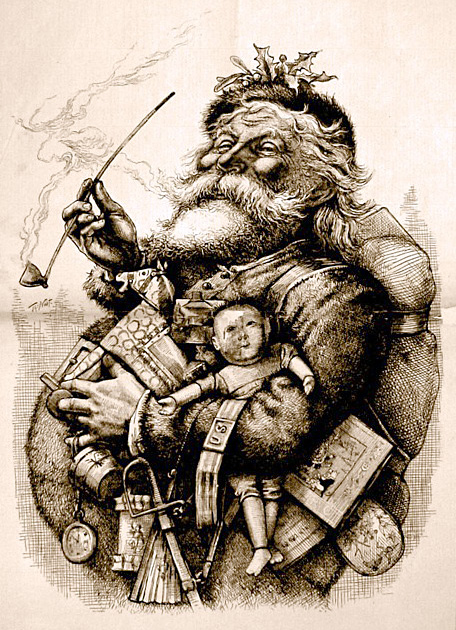 In other words, our Santa Claus is based on a “historic 4th-century Christian
In other words, our Santa Claus is based on a “historic 4th-century Christian 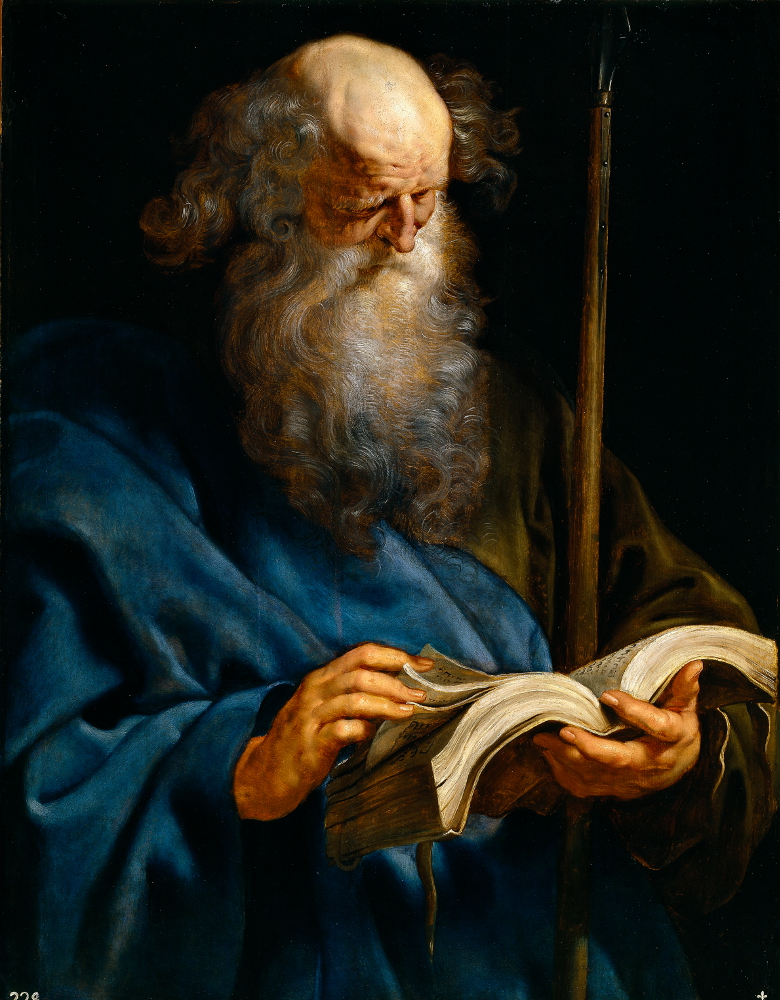
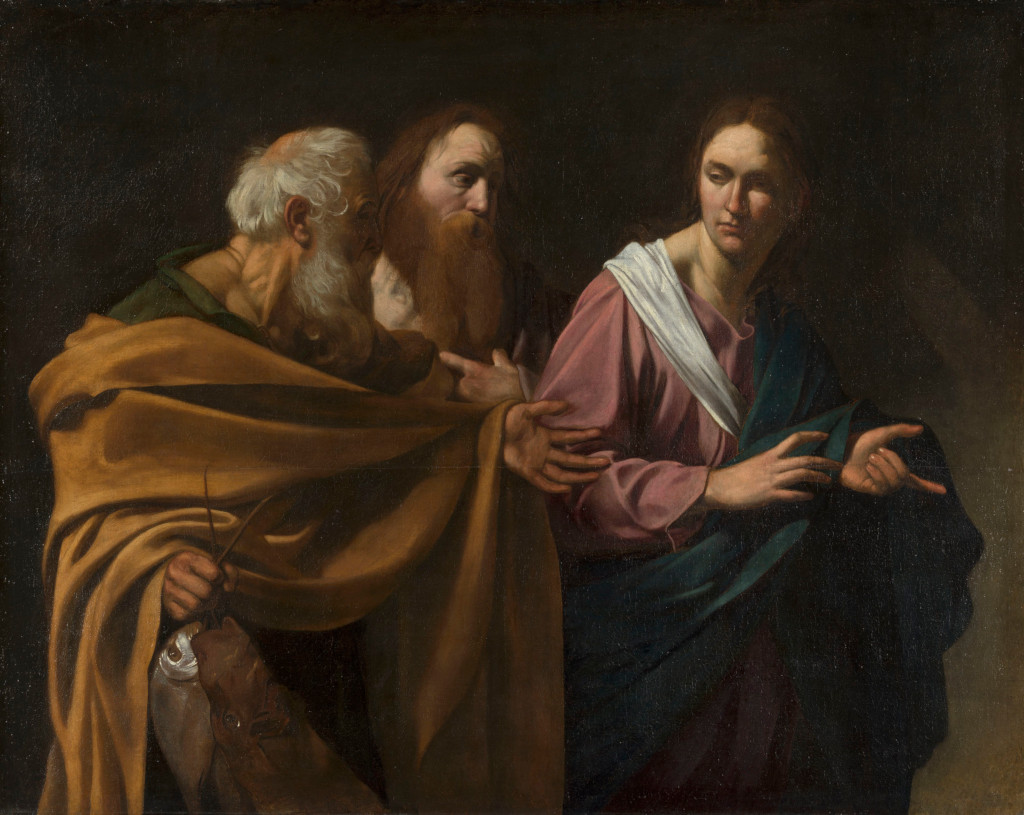
 And which brings to mind
And which brings to mind 
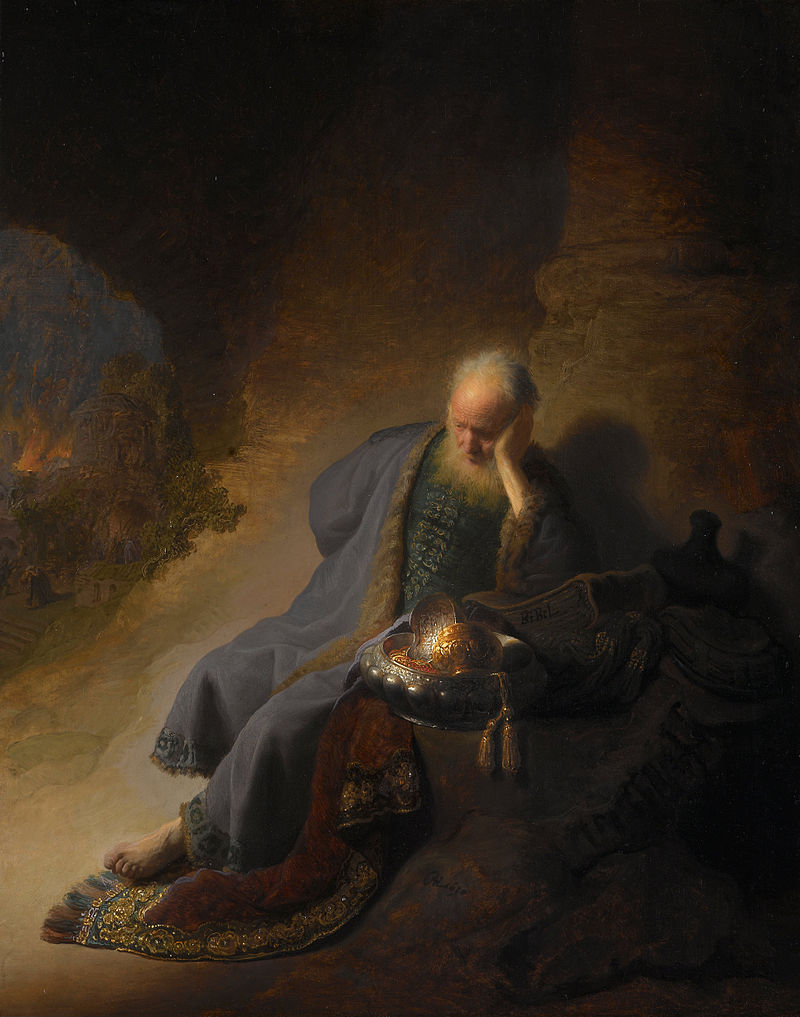
 Getting back to the Advent Season, it used to be kept as a period of fasting “as strict as in
Getting back to the Advent Season, it used to be kept as a period of fasting “as strict as in 
 The “Swamp Fox” shares a meal with his sworn enemy…
The “Swamp Fox” shares a meal with his sworn enemy…  Pentecost Sunday
Pentecost Sunday Readings from the
Readings from the 
 Earlier this week I planned to do a time-to-read-it post on the Bible readings for Sunday November 8. Then I came across the New Testament
Earlier this week I planned to do a time-to-read-it post on the Bible readings for Sunday November 8. Then I came across the New Testament  And finally I came across
And finally I came across 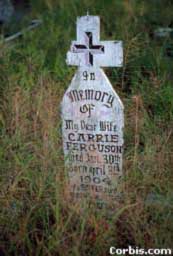 But first a brief word about November 2, “All Souls’ Day.” It’s formally known as the
But first a brief word about November 2, “All Souls’ Day.” It’s formally known as the  As to Psalm 127, see
As to Psalm 127, see  And finally, the Gospel for the day is Mark 12:38-44. The second part of that reading tells the
And finally, the Gospel for the day is Mark 12:38-44. The second part of that reading tells the 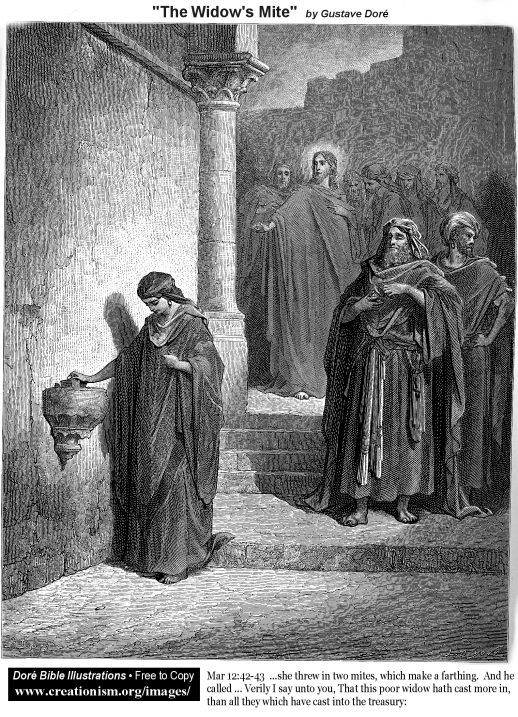

 But the issue here is whether today’s Gospel tends to prove that Jesus was either a Conservative or a Liberal.
But the issue here is whether today’s Gospel tends to prove that Jesus was either a Conservative or a Liberal. In still further words, Jesus seemed to be showing that He was a true
In still further words, Jesus seemed to be showing that He was a true  But in the reading for September 27, Haman’s plans come unraveled. (As shown metaphorically at left.)
But in the reading for September 27, Haman’s plans come unraveled. (As shown metaphorically at left.)
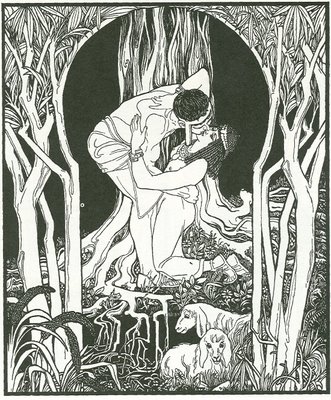
 I’m leaving town on Monday, August 10, and won’t be back until August 27. (A matter of some “unfinished business,”
I’m leaving town on Monday, August 10, and won’t be back until August 27. (A matter of some “unfinished business,”  Then for August 30 the OT reading changes again, from Kings to the “Song of Solomon” or
Then for August 30 the OT reading changes again, from Kings to the “Song of Solomon” or  The OT reading for August 23 –
The OT reading for August 23 – 
